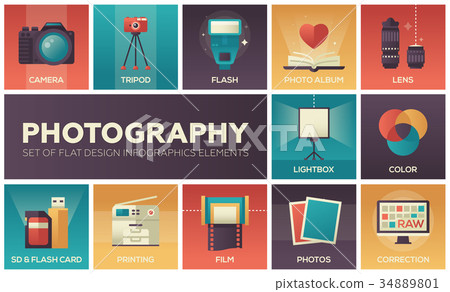Digital Photography Tips For Beginners: Grasping Your Video Camera In No Time
Digital Photography Tips For Beginners: Grasping Your Video Camera In No Time
Blog Article
Web Content Writer-Ballard Ploug
When you first grab your electronic camera, it can feel overwhelming with all the settings and options available. You could find yourself asking yourself exactly how to browse aperture, shutter rate, and ISO successfully. Mastering these basics is critical, however there's even more to photography than simply technical knowledge. Understanding make-up techniques and lighting conditions can raise your images dramatically. So, what if you could discover simple strategies to improve your skills and begin capturing remarkable photos quicker than you assume? Let's discover how to change your photography trip.
Recognizing Camera Settings
Recognizing your video camera setups is crucial for recording sensational photos. When you grab your video camera, acquaint yourself with the 3 primary settings: aperture, shutter rate, and ISO. Each plays a crucial role in exactly how your images turn out.
Beginning with aperture, which controls the quantity of light getting in the lens. A broader aperture (reduced f-number) lets in extra light and develops a beautiful background blur, excellent for portraits. On the other hand, a narrower aperture (higher f-number) maintains more of the scene in emphasis, perfect for landscapes.
Next off, concentrate on shutter speed. This setting figures out how much time your camera's sensing unit is revealed to light. A fast shutter rate ices up activity, which is terrific for action shots, while a slow-moving shutter speed can develop stunning effects like smooth water in landscapes.
Last but not least, adjust your ISO. This setting impacts your cam's sensitivity to light. A higher ISO works in low-light situations however can present noise or grain. Aim for the lowest ISO possible while still accomplishing correct exposure.
Structure Techniques
When you're out shooting, structure can make all the difference in how your photos reverberate with viewers. Begin by utilizing the regulation of thirds; imagine your structure divided right into nine equivalent sections with two horizontal and 2 upright lines. Placement key elements along these lines or at their crossways to produce balance and passion.
Next off, think about leading lines. https://squareblogs.net/claytonbrett/creative-ways-to-market-your-photography-solutions in your scene, like roadways or rivers, attract the visitor's eye right into the picture, leading them through the story you're informing.
Do not forget about mounting; usage components within your scene, like trees or windows, to create a frame around your subject, including depth and focus.
Additionally, watch on https://www.krem.com/article/news/health/coronavirus/freeseniorphotosamidcoronavirus/293-403da0b2-8396-4e85-9808-a7ca02004b4a . A cluttered history can sidetrack from your main subject, while a simple one helps it stick out.
Lastly, explore symmetry and patterns; they can create a striking image that catches attention.
Learning Lights Issues
Grasping illumination conditions is critical for capturing magnificent pictures, as the appropriate light can transform a common scene into something phenomenal.
Beginning by observing natural light at various times of the day. Mornings and late afternoons use the best light, referred to as the gold hour. The soft, cozy tones throughout these times can improve your images perfectly.
Don't shy away from cloudy days either; diffused light can lessen extreme darkness and create a pleasing effect, especially for pictures.
Experiment with backlighting by positioning your topic versus the source of light. This technique can develop a wonderful halo impact and add deepness to your photos.
Focus on your video camera setups also. Adjust the ISO, aperture, and shutter speed to match the lighting conditions. A greater ISO can aid in reduced light, however be cautious of grain.
Utilize a tripod in darker environments to avoid blur.
Last but not least, don't forget fabricated lights. Flash and constant lights can be terrific tools for controlling light in tough problems.
Final thought
In conclusion, understanding your camera does not need to be frustrating. By comprehending your setups, applying composition strategies, and taking advantage of the power of all-natural light, you'll quickly raise your digital photography skills. Bear in mind, practice makes perfect, so venture out there and trying out your newly found understanding. With time and devotion, you'll be catching sensational pictures that mirror your distinct point of view. Delight in the journey, and don't forget to enjoy while you go to it!
